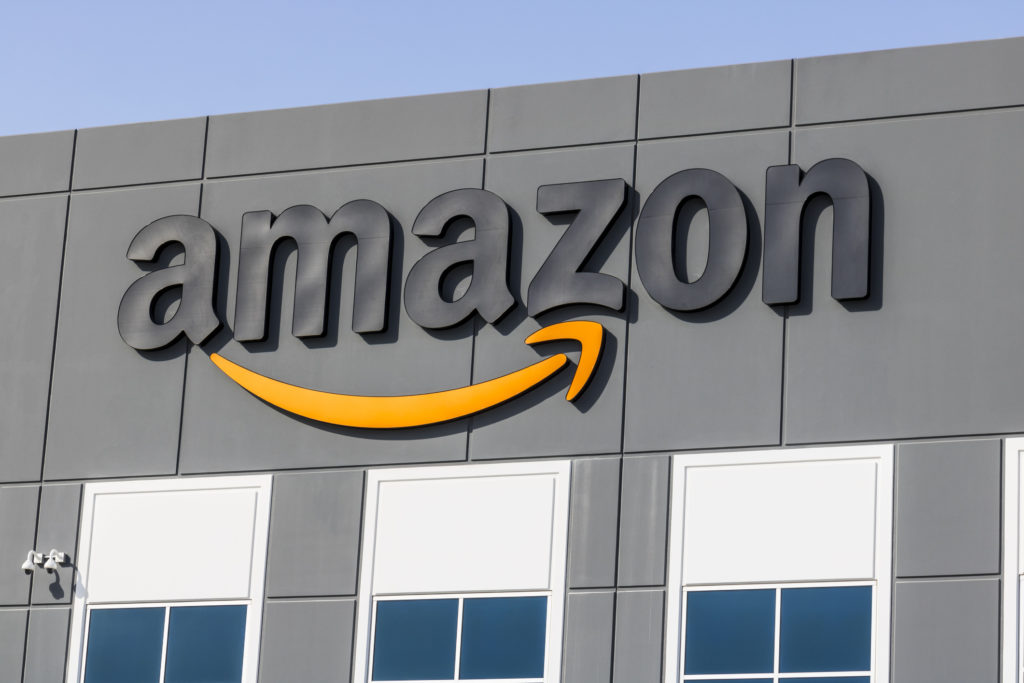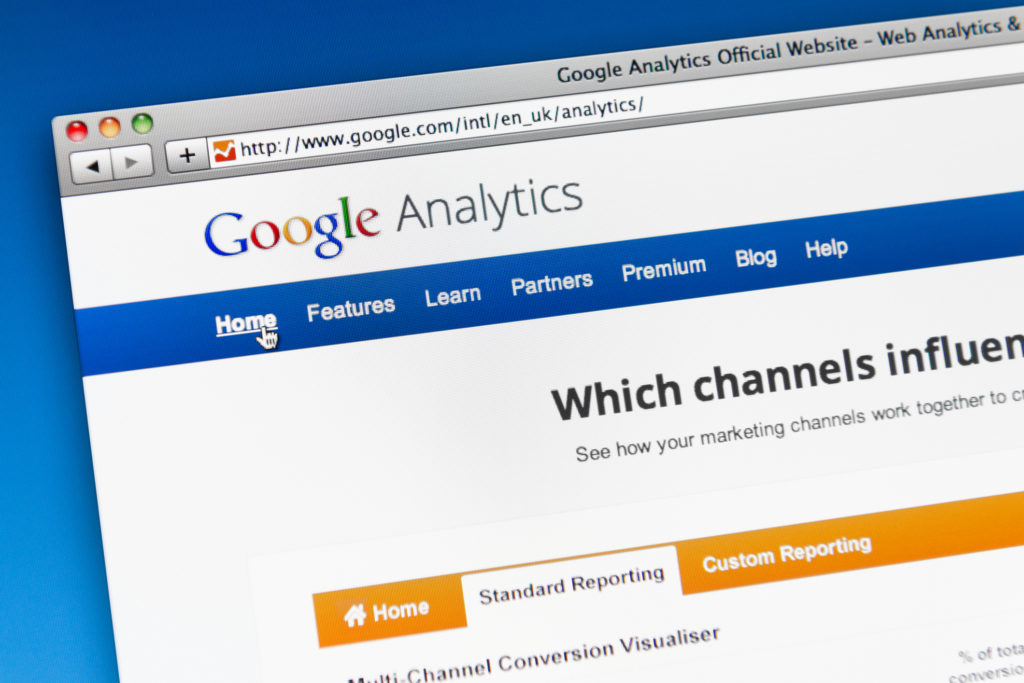digital marketing
Google My Business Is Now Google Business Profile
Alongside a number of other changes made this year, Google continues to revise and rebrand its toolkit for online businesses and internet retailers by changing Google My Business into the Google Business Profile. While little more than a name change on the surface, a deeper dive into the announcement reveals Google’s long-term plans for Google…
Google Introduces New Deals Feed
Google has introduced a new Google Deals feed, an innovative addition to its Shopping tab in search results. This Google Deals feed categorizes products related to user queries, highlighting promotions, sales, and price drops. This feature streamlines the shopping experience by conveniently displaying various deals, making it easier for consumers to find and take advantage…
How to Prevent Your Emails from Going to Spam
To prevent emails from going to spam, ensure your email list is clean and consists of opted-in recipients. Craft a clear, engaging subject line without spam triggers. Maintain a consistent sending schedule and sender name. Include a plain text version of your email, and make sure the HTML is clean and error-free. Lastly, always provide…
Google Title Tag Changes: What You Need to Know
While there’s no guaranteed method to prevent Google from changing your title tags, following these best practices can reduce the likelihood of it happening. Remember, Google’s goal is to provide the best user experience possible, so creating title tags that accurately and succinctly describe your content will always be beneficial. If you spend a lot…
What Role Do Data Clean Rooms Play in a Privacy-Driven World?
We are no longer simply moving away from third-party cookies and targeted advertising – in many ways, we’ve already moved past it. As Google joined Mozilla and Apple in ending its support for third-party cookies in web browsers, the internet collectively reached a historical point in digital advertising and arrived at a post-third-party cookie world….
Google Integrates with GoDaddy
The news that Google integrates with GoDaddy is exciting for merchants interested in the benefits of two giants connecting. On July 13th, Google expanded its integration efforts to include GoDaddy merchants in the U.S., enhancing the ecommerce landscape. This move is part of Google’s broader strategy to integrate various ecommerce platforms into its Google Merchant…
SEO Tools Are Evolving to Keep Up with Changes
The early days of search engine optimization were as simple as paying attention to your keyword use and gaming the “algorithm” as it existed at the time – and while things have gotten a lot more complicated since then, it does kind of work out to be the same thing it’s always been: trying to…
Google Announces New Ads Creative Studio
News this week is being presented by more than yet another change to the algorithm – this time, Google is making marketing headlines with the development and release of a (sort of) brand new toolkit called Ads Creative Studio. The new toolkit is designed for both creative types and marketers, with the aim of helping…
What is Google FLoC?
Whether you’ve heard of it via headlines in the news, releases by the EFF, or the viral sharing of AmIFLoCed, chances are you’ve heard about Google’s new FLoC initiative at some point this year. FLoC, or the Federated Learning of Cohorts, is part of Google’s larger privacy sandbox, and is an experimental replacement for third-party…
Amazon Advertising Adds New Features
Are you making the most of Amazon’s advertising suite? Are you sure? Because amid global turmoil, a major stock market crash, and murder hornets, Amazon’s stock soared to record numbers on the way to 2021, and it has continued to update and evolve its advertising options in an effort to help brands capitalize on all…
Google’s June 2021 Core Update
Google released a new core update earlier this month and has uncharacteristically announced a second update following very closely next month. Google core updates tend to be spaced several months apart, but a statement from Google Search public liaison Danny Sullivan clarified that they originally planned on releasing a single, larger update this month, and…
Everything You Need to Know About Google Analytics 4
Google Analytics 4 is a new kind of analytics property, and the newest incarnation of the Google Analytics platform. Previously known as Google Analytics App + Web, Google Analytics 4 can be used to track, compile, and visualize data from apps, websites, or a website and app together, versus web-only tracking from Universal Analytics, for…
8 Ways To Improve Rankings and Increase Traffic To Your Site
There are nearly two billion separate websites on the internet. Every awesome website added to the net today is the digital equivalent of a drop in the ocean. So how do you improve rankings and increase traffic to make your drop stand out? The answer still lies, as it always has, in taking advantage of…
The End of Modified Broad Matching
Earlier this year, Google announced its most recent change to the way keyword match types will work. This change sees the end of the modified broad match while expanding one of the other existing match types, the phrase match. The modified broad match was introduced in 2010 and allowed advertisers to specify keywords that needed…
Google My Business Fields That Matter
From an SEO perspective, there are several Google My Business fields that have a more significant impact than others. Key fields include accurate business name, address, and phone number (NAP), which ensure consistency across listings. Categories and attributes effectively describe services, enhancing relevance. High-quality, updated photos and regular posting of updates or offers engage users….
Actionable Content Marketing Tips to Build More Traffic
Research from the Content Marketing Institute shows that 91% of B2B businesses use content marketing to reach their customers. And when it comes to the b2c sector, 86% of those marketers think using content marketing is crucial to their overall digital marketing strategy. The Content Marketing Institute also shows that 72% of marketers say their…
What is a Foldable Web?
A Foldable Web refers to designing websites adaptable to foldable devices, such as smartphones and tablets with foldable screens. This trend matters for web design and digital marketing as it requires responsive layouts that seamlessly adjust to varying screen sizes and orientations. It ensures optimal user experience and engagement across these emerging devices, becoming crucial…
The Myth of Intuitive Design
If you’ve been in web design and digital marketing for any length of time, you’ve undoubtedly heard the phrase intuitive design. What does it actually mean? I’m here to tell you why this phrase doesn’t make sense and ways we can better approach design solutions. What’s the Definition of Intuitive? According to Merriam-Webster, intuitive means,…
Exploring ToFu to BoFu: Investigating These Content Marketing Metrics
You spend your time feeling like a marketing rock star. You have content routinely rolling out, traffic growth is on point, and businesses are reading your email newsletters. Then you sit in a meeting and the VP of Finance asks if all the spending is necessary. The CEO questions the time spent on these endeavors….
Google Makes Effort to Combat Internet Misinformation
Google is now asking some searchers to “verify the facts to help others.” This feature is a new development – not available for all queries and not available for all searchers. Evidence at this point indicates that it appears to be an option for some knowledge panels. Take a look at this example shared on…
Pillar Content 101: What, Why, and How
Pillar content, sometimes also referred to as cornerstone content, is a crucial part of your online presence. Imagine your website as a home for your business and the pillar content as the foundation the rest of the house is built upon. It is the underlying structure. Getting it right can make all the difference in…
Does Guest Posting Matter Anymore?
Many years ago, guest posting on another person’s website was considered part of a solid SEO strategy. Not only did it get you a link from another site, but it also exposed you to other audiences. If you guest posted on another site, that site got content they didn’t have to create – and if…
What is Page Experience?
According to Google Developers, page experience is a set of signals that measure how users perceive the experience of interacting with a web page. This is where core web vitals come in. Core web vitals are a set of metrics that measure real-world user experience or loading performance, interactivity, and visual stability of a page….


































